6 Steps to Help Design Your Restaurant Seating Plan
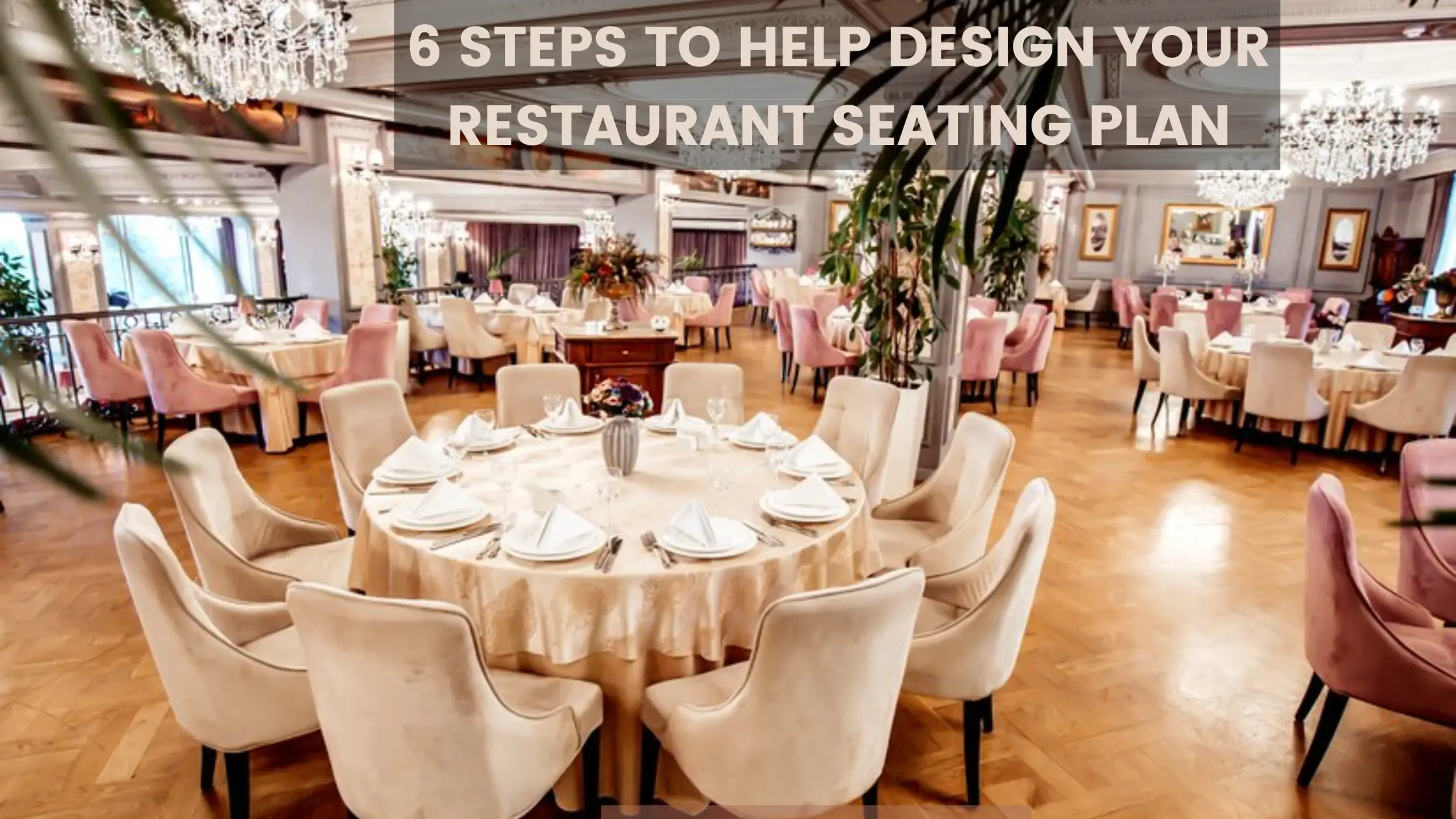
How to Design a Restaurant Floor Plan?
Have you ever entered a restaurant and immediately found yourself in comfort, fitted into an environment ready for a great dining experience? Or, you’ve been in a crowded, disorganized space where seating feels like an afterthought, leaving you unconnected from the environment.
The secret usually rests in the intelligent design of the restaurant seating plan. It’s not just about setting tables and chairs; it’s about curating an environment where each guest would feel valued, where every interaction flows perfectly, and where every inch of space is augmented for comfort and enjoyment.
Designing the ideal seating plan in the dynamic world of hospitality is an art—a peaceful interplay of functionality, artistic taste, and usefulness. Our six-step guide will help you design a restaurant seating plan that will improve your guests’ dining satisfaction.
So, let’s get started.
6 Steps to Help Design Your Restaurant Seating Plan
1. Understanding Your Space
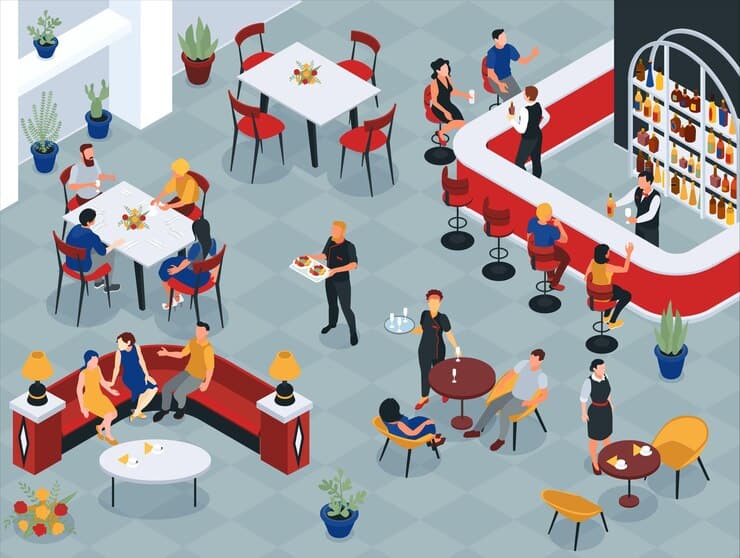
Understanding Your Space-surenspace
Before beginning the journey of creating your restaurant seating plan, it’s necessary to have a deep knowledge of the space you’re working with.
Begin by measuring the dimensions of your restaurant space. Knowing the square footage available for seating will command the ability and arrangement of tables and chairs. Consider not only the central dining area but also any other sections such as outdoor terraces or private dining rooms.
Take into understanding the layout of your restaurant outside the dining area. Factor in the location and size of the kitchen, bar, and restroom facilities. These factors will affect the flow of foot traffic and may require a strategic arrangement of seating to guarantee effective service and guest convenience.
Visit for more:- f&b trolley
Every restaurant space comes with its distinctive architectural elements and limitations. Take note of structural features such as pillars, beams, windows, and doorways that may affect the layout of your seating plan. Also, consider any building codes or regulations that order requirements for accessibility, fire exits, and occupation limits.
2. Defining Your Restaurant Concept
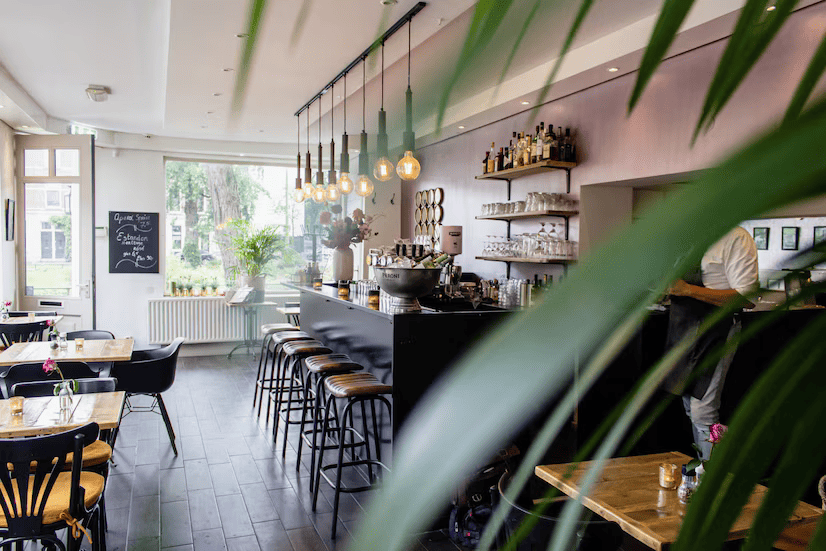
Defining Your Restaurant Concept-surenspace
Designing an impressive restaurant seating plan begins with a detailed description of your restaurant’s concept and individuality.
Identify the demographic and psychographic characteristics of your ideal customers. Will your priority be on fine dining connoisseurs, those desiring a peaceful atmosphere, or families? Knowing your target audience will steer decisions on seating arrangements, decor, and the entire dining experience.
3. Choosing the Right Seating Types
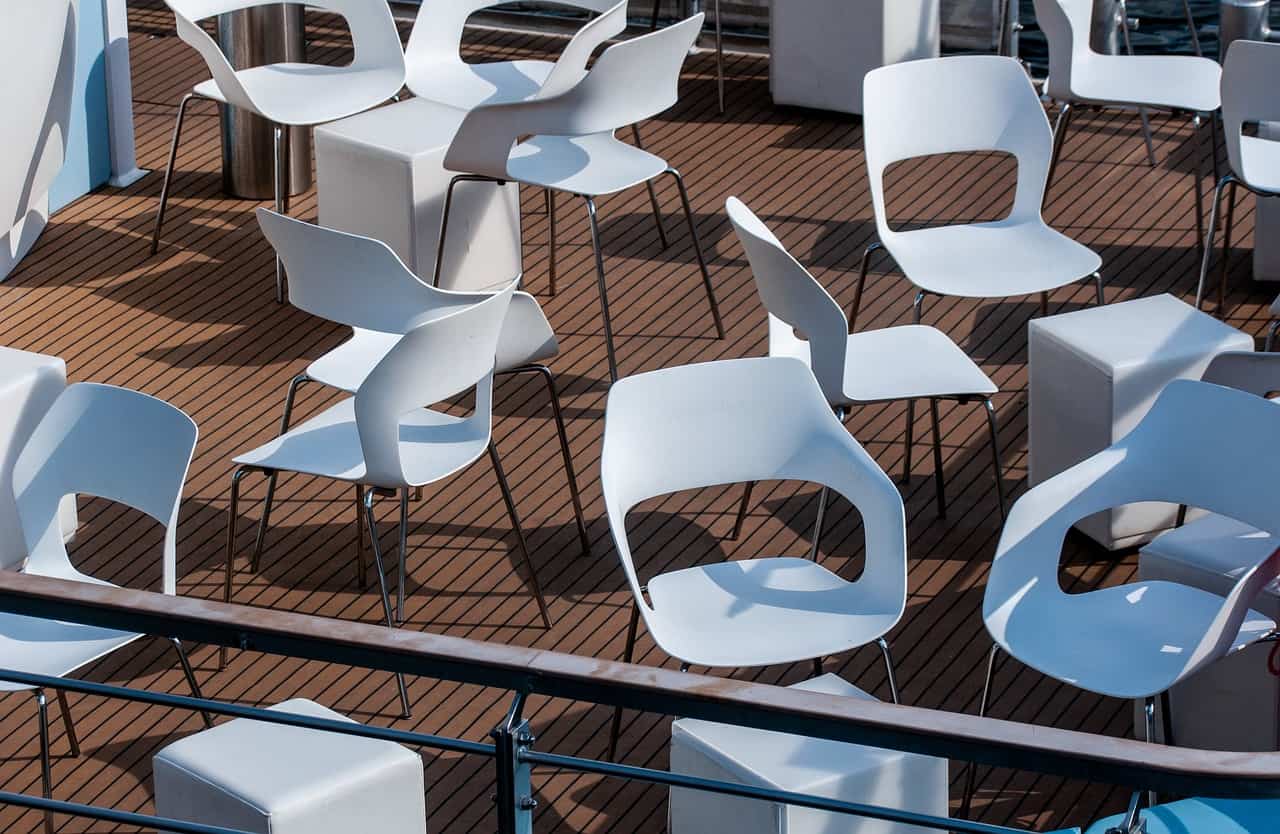
Choosing the Right Seating Types-surenspace
Selecting the right seating types is a critical element of designing a productive restaurant seating plan.
Explore various types of seating choices, such as booths, tables, bar stools, high tops, low tops, and more. Each choice arrives with excellent advantages in terms of convenience, flexibility, and style. Consider the priorities of your target audience, alongside your restaurant’s layout and atmosphere, to make knowledgeable choices.
Strive for a smooth balance between comfort, functionality, and beauty in your seating choices. While plush booths deliver comfort, they may restrict capacity. High-top tables can create a modern environment but might not work for all customers. Select seating options that not only line up with your restaurant idea but also emphasize guest comfort and satisfaction.
Optimal space use is important for magnifying your restaurant seating plan’s potential. Play around with various seating arrangements to use available space without compromising on convenience or accessibility. Pay meticulous attention to traffic flow, guaranteeing each seating type contributes to a smooth and enjoyable dining experience for your guests.
By carefully researching seating options, finding a balance between comfort, capacity, and style, and maximizing space utilization, you can design a restaurant seating plan that improves both the atmosphere and functionality of your restaurant.
4. Creating Zones and Flow
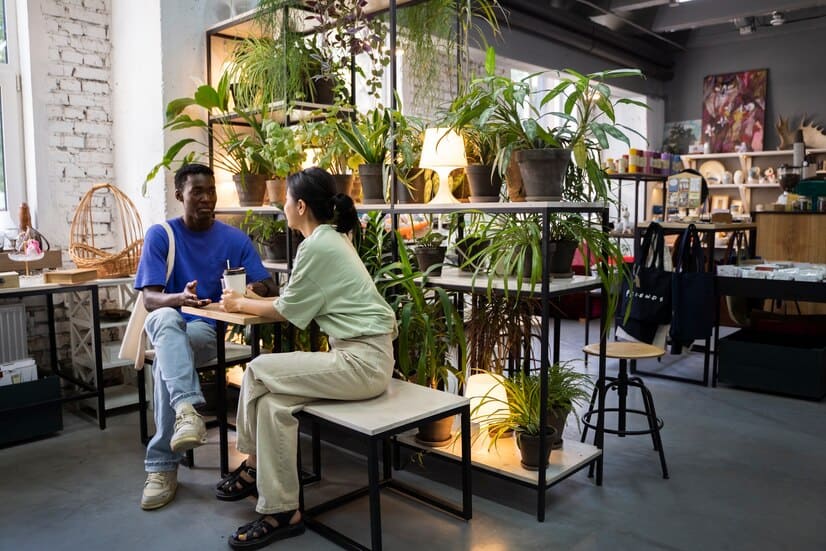
Creating Zones and Flow-surenspace
To improve your restaurant seating plan, it’s important to make different zones and guarantee a constant flow throughout the space. Follow these procedures for an organized and comfortable dining environment:
Select specific functional zones within your dining area, including the main dining space, bar, and waiting area. Defining these zones assists in managing the overall layout and improves the guest experience. Assess the meaning of each zone and customize the seating arrangement accordingly to satisfy the individual demands of each area.
Strive for a well-arranged traffic flow that helps both servers and guests. Design paths that allow servers to steer effectively while underrating disturbances to diners. A well-thought-out flow contributes to a more comfortable dining experience, assuring guests are undisturbed and servers can deliver focused service without barriers.
Visit for more:- restaurant benches
Take into account the noise of your restaurant space when arranging seating. Balance the desire for a positive environment with the demand for comfortable discussion by deliberately setting tables and including noise-absorbing elements. Additionally, consider creating zones that provide variable levels of privacy to adapt to guests desiring a more private dining experience.
5. Maximizing Seating Capacity
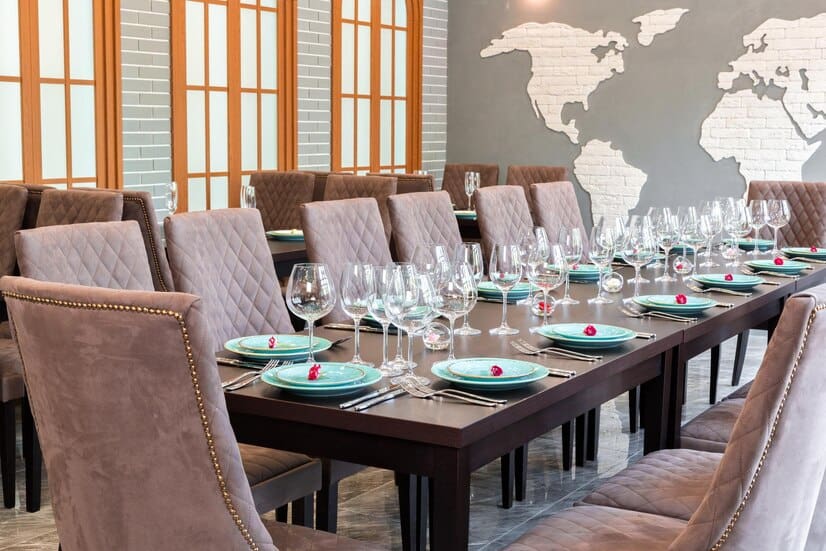
Maximizing Seating Capacity-surenspace
Effectively maximizing your restaurant’s seating capacity is important for growing revenue and meeting guest demand.
Explore your table arrangements, exploring round, square, and rectangular tables to enhance seating choices. Each setup brings outstanding benefits in terms of space efficiency and guest comfort. Play around with layouts to strike the right balance between capacity and aesthetic charm.
Consider adaptable furniture choices that can accommodate changing party sizes. Modular tables and chairs allow for persistent adjustment, adapting larger groups during peak hours and smaller parties during quieter times. Flexibility in furniture supports seating capacity while providing guests comfort and artistic integrity.
Develop a strategy to address peak dining periods without overpopulation. Implement reservation systems, astonished seating times, and effective table turnover procedures to handle the guest flow. Strategic reservation scheduling and optimized turnover rates help maximize seating capacity while maintaining a satisfying dining atmosphere.
6. Accessibility and Compliance

Accessibility and Compliance-surenspace
Maintaining accessibility and compliance in your restaurant seating plan is important for promoting inclusivity and satisfying legal standards.
Follow the Americans with Disabilities Act (ADA) guidelines carefully. This implicates integrating features like wheelchair-accessible seating, ramps, and pathways. Provide sufficient spacing between tables to enable easy maneuverability for individuals with differing mobility needs.
Emphasize the comfort of every customer by assessing their precise needs and preferences. Select seating choices that adapt to diverse body types and abilities. Whether it’s chairs with great lumbar support or different seating heights, emphasize inclusivity to guarantee all guests feel valued and at ease.
By emphasizing availability in design, delivering globally comfortable seating, and adhering to local regulations, you create a legally compliant environment, warmly welcoming, and accommodating to the diverse needs of your guests.
Final Take
Designing a practical restaurant seating plan is a versatile process that goes beyond just an arrangement. It begins with knowing your space, depicting your concept, choosing the right seating types, creating zones and flow, maximizing seating capacity, and guaranteeing accessibility and compliance. By executing these tips, you’re not just setting tables and chairs; you’re creating a captivating dining experience where every guest feels valued.
For personalized solutions, explore Suren Space, where custom restaurant seating designs are crafted to meet your specific needs. Elevate your dining space, enhance guest experiences, and set your restaurant apart with tailored seating solutions from Suren Space.
READ MORE:: Top 10 Furniture Brands in India in 2024

